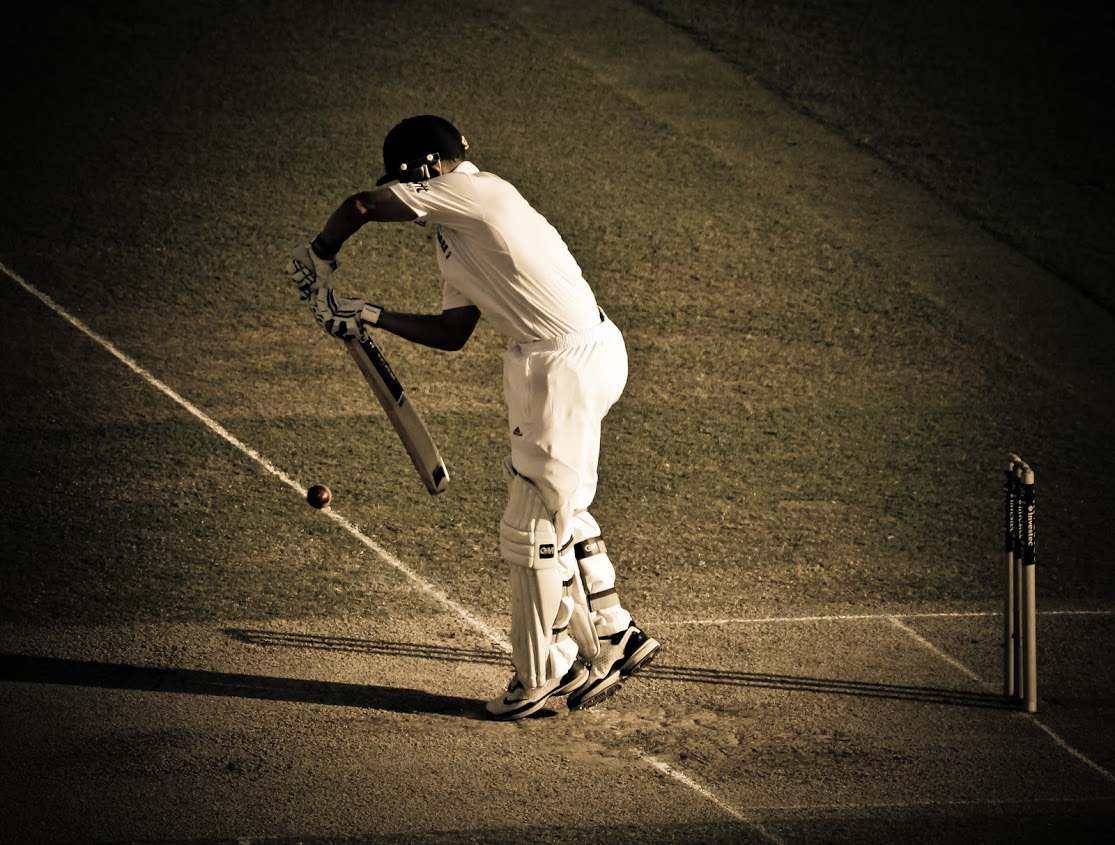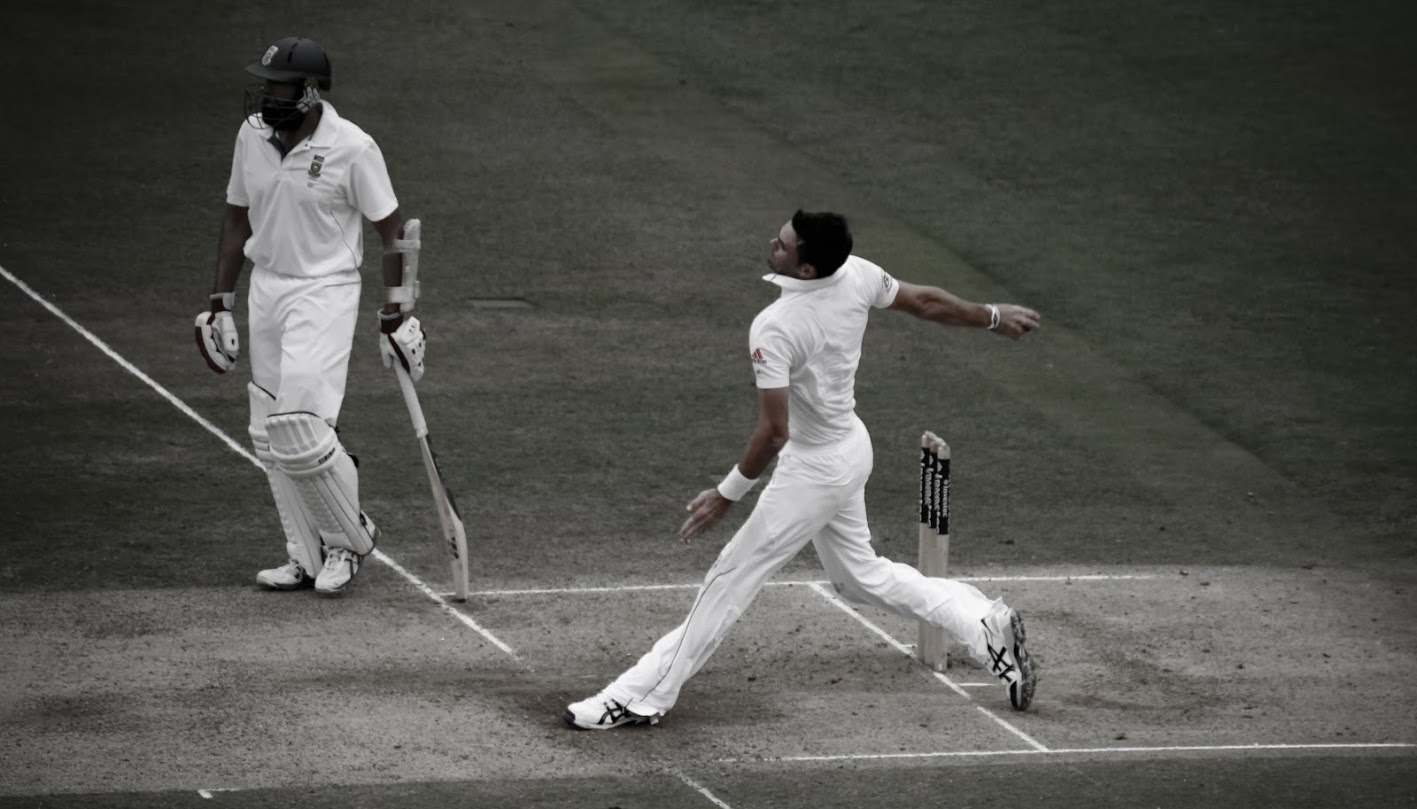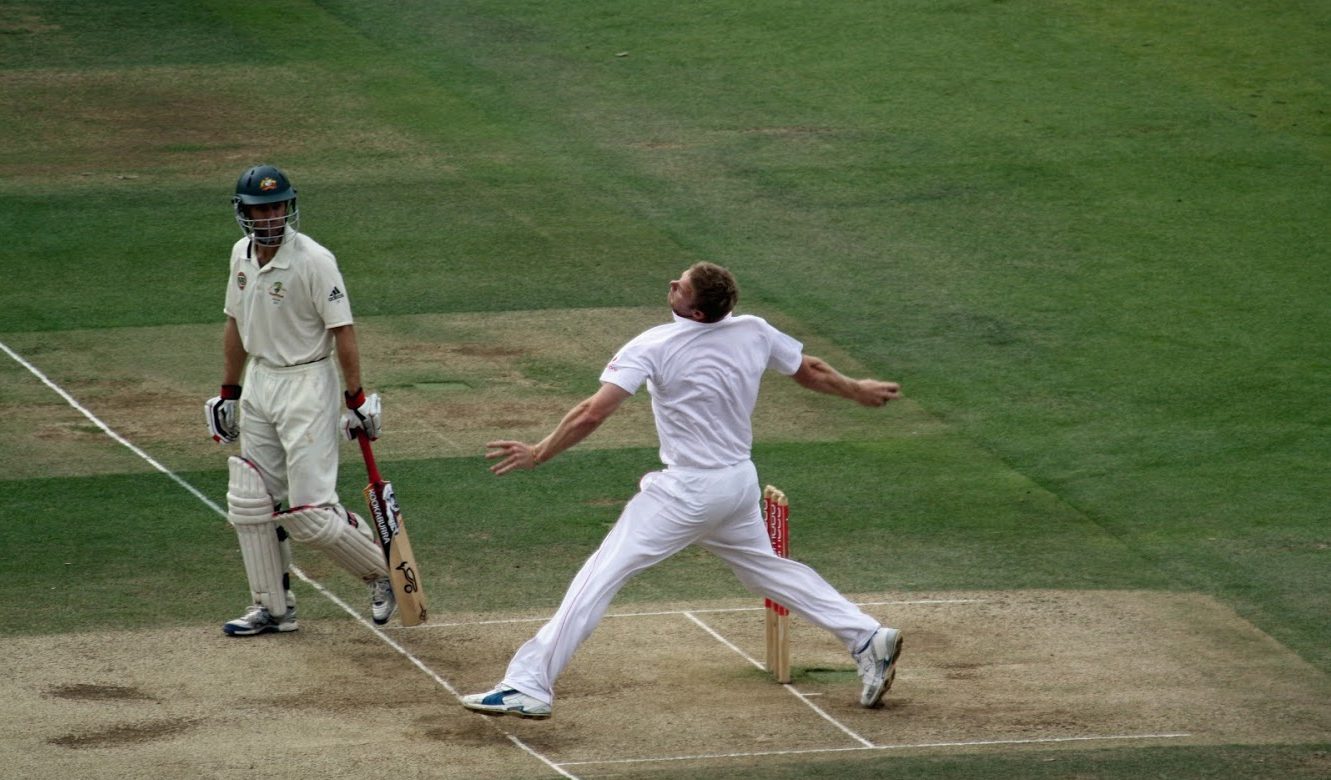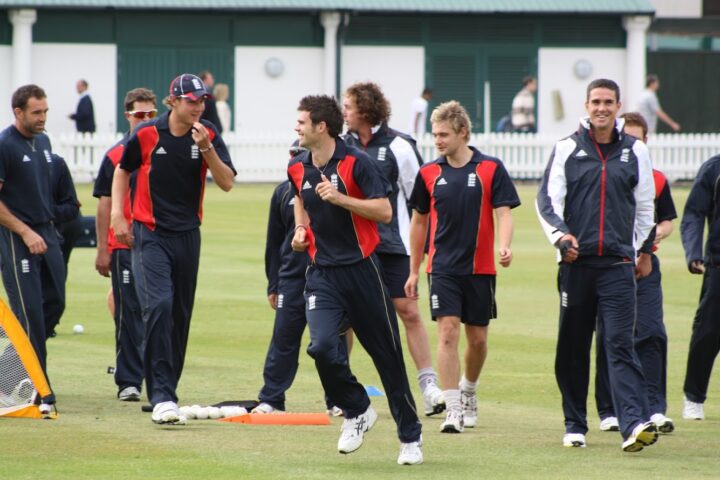Can it really be a quarter of a century since the late Martin Crowe opened the 1992 Cricket World Cup with a stunning century at Eden Park to dramatically bloody the nose of the defending champions on the opening day of the tournament? This piece by Hector was originally written in preparation for the 2015 World Cup but not completed until recently. It seemed rather fitting to publish such a piece on the 25th anniversary of the tournament’s genesis.
Reminiscing can be a capricious business. Particularly when one’s memories drift back to childhood when the level of understanding was jaundiced, naive or simply lacking. Nevertheless, as Cricket’s eleventh World Cup approaches it is not difficult for this devotee to cast his mind back to the edition that captured the heart and imagination of a young, impressionable boy.
Memories just about stretch to news footage of Mike Gatting’s ill-fated reverse sweep to the bowling of Allan Border at a crucial juncture of the 1987 World Cup Final but nothing else of the tournament emerges from the sepia tinged memories. Rather, it is the tournament four years hence that retains such strong memories and mental images. And a sense of wistfulness.
Any number of journalists, mandarins, ex-players and sages can provide reasons for a particular edition of the World Cup standing out as better than the rest but for the twelve year old boy who has grown into a thirty-five year old man it is the 1992 World Cup in the Antipodes that perpetually remains the stand out edition. And not necessarily for the obvious or easily quantifiable reasons. The same aforementioned journalists, mandarins, ex-players and sages may provide great rationale behind why other editions of the World Cup have proved more memorable but the mental meanderings that have remained so vivid for almost a quarter of a century dictate otherwise for this aficionado.
In truth, the 1992 World Cup arguably marked the end of one era for fifty over international cricket and the beginning of the next. It was the first edition to feature white balls, day-night contests, black sightscreens and coloured clothing, the latter providing a sense of uniformity, both in the figurative and literal senses, as the participants all wore the same style of kit but in different colours. Somewhat pertinently, the shirts have retained a certain popularity amongst cricket fans. Peruse the stands at an international contest and one is likely to spot the odd spectator bedecked in one of those familiar rainbow shouldered outfits. How many of the 1996 or 2003 equivalents, for instance, receive a similar airing?
Or maybe it was the sense of symmetry that struck a chord. Each nation played each other in a perfectly succinct group phase, no excuses for having to plough through the tougher group during this competition. Perhaps it was that previously mentioned fifty over cricket at the crossroads ambience. This was a time when a score of 250 was viewed as potentially match winning whilst passing 300 was almost unheard of. Within four years tactics had changed dramatically amid seismic shifts of attitude and understanding.
Novelty at the event presented itself in the form of South Africa, absent from the international game for more than two decades. Their presence engendered a sense of curiosity regarding the unknown players. Summer after summer of watching international cricket on the BBC had bred a sense of familiarity with the sport’s mightiest practitioners. Thus, names such as Allan Border, Kapil Dev, Richie Richardson, Imran Khan and Martin Crowe were instantly memorable but the South Africans added a sense of mystery and intrigue.
Sure, Kepler Wessels, Peter Kirsten and Allan Donald were regular performers on the county circuit but then there was the curious Hansie Cronje and Adrian Kuiper, jotted on my notepad as ‘Hansie Kronya’ and ‘Adrian Caper’ until later correction and a bemused period wondering whether WJ Cronje and Hansie Kronya were one and the same person.
Novelty also presented itself in the venues used, some curiously described as ‘Up-country.’ Thus Sri Lanka played the West Indies at Berri, England were ambushed by Zimbabwe in Albury after facing Sri Lanka in Ballarat whilst the bizarre grass terraces surrounding the intimate Pukekura Park in New Plymouth hosted a barnstorming contest between Zimbabwe and Sri Lanka where the mythical total of 300 was passed twice.
Cricket on the medium of radio also entered my life with its sense of novelty. Of course, it had existed for many a year but this was the first winter in which I had discovered another way of following England’s travails other than watching on the beeb. Due to the massive time differences between southern Hampshire and the Antipodes there was a sense of anticipation and excitement waking up in the morning and listening to the final overs of a contest on the radio before school.
Thus, there was Robin Smith’s match winning 91 against India (he was a Hampshire favourite afterall), England cruising to victory with Graham Gooch to the fore after skittling the West Indies out for 157, Neil Fairbrother brilliantly leading a revised chase against South Africa, the same nation crawling over the winning line against India and the farcical end to the semi-final between England and South Africa where the latter’s total was reduced by just one run after a dozen deliveries were deducted post a rain interruption.
Or maybe it was simply because the 1992 World Cup was the last time England challenged for overall honours. Led by the evergreen Graham Gooch, England demonstrated great innovation by promoting Ian Botham to the top of the order. The indefatigable all-rounder proved something of a pre-cursor to a pinch hitter. Almost inevitably, ‘Both’ saved his best performance for the hosts, taking four wickets (one of which was Allan Border) without conceding a run in just seven deliveries before biffing a half-century whilst opening the batting as England comfortably defeated the canary shirted Australians.
This victory represented a third in four matches; the only blemish on a perfect record due to rain preventing England completing a most facile victory over Pakistan post dismissing Imran Khan’s team for just seventy-four runs. Sri Lanka and South Africa were similarly given short shrift as England comfortably qualified for the semi-finals despite losing to New Zealand and collapsing against Zimbabwe. The early elimination of Australia and the West Indies (both regular and recent vanquishers of England) alongside the progress of the plucky New Zealanders only added to the sense of enjoyment.
England’s progress continued into the semi-final, despite the stuttering end to the group phase, with a second victory over South Africa in eleven days, although the sad end to the Proteas’ innings (22 runs required off of the final 13 deliveries farcically reduced to 21 off of 1 post the aforementioned rain interruption) made their victory something of a damp squib.
Somewhat disappointingly, England’s challenge had already run out of the steam and they could not overcome Pakistan in the final, the same Pakistan that would have been eliminated had their group match against England in Adelaide reached its natural conclusion. Somewhat pertinently, with Pakistan’s players celebrating a famous victory, Graham Gooch proclaimed that it wasn’t the end of the world before mulling over the situation and uttering that it’s not far from it. For English fifty over cricket the world would soon change dramatically; it would be another generation or two before England began to catch up again.
Nevertheless, England’s sashay through the early stages of the tournament was mirrored by co-hosts New Zealand. Shorn of the great Richard Hadlee, the Kiwis employed Mark Greatbatch in a similar role to Botham whilst skipper Martin Crowe utilised a series of what have become affectionately / pejoratively known (delete as appropriate) dibbly-dobbly bowlers that foxed and befuddled opposition batsmen in home conditions as the kiwis enjoyed a similar litany of victories. Like England though, the Antipodeans’ challenge was ended dramatically by the swashbuckling Pakistanis; Inzamam-ul-Haq announcing his presence on the world stage with an astonishing semi-final innings.
Similarly, the steady progress of the returning South Africans offered a sense of novelty to a cricket scene which hadn’t witnessed the country of Richards, Pollock, Proctor and Barlow for over twenty years. The Proteas’ brilliant return could arguably have been personified by the impish Jonty Rhodes, scampering around the gully and backward point regions akin to a dervish, his brilliant work including THAT run out of Inzamam , where he threw himself headlong at the stumps like a fielding superman, providing one of cricket’s most iconic images.
Of course, all of this is viewed through the eyes and the memories of a twelve year old boy. Perceptions and understandings of the tournament’s proceedings may not necessarily equate to what actually took place whilst important matters may have been missed or simply did not register. Others of a more understanding age may well be able to highlight factors, happenings and nuances that would now affect one’s judgement. A successful England campaign can often jaundice one’s overall viewpoint after all.
However, maybe that childlike naivety and innocence, uncluttered by the controversies, the realpolitik, the undercurrents and the preconceptions of adulthood was the best way of enjoying such a tournament. Freed of such baggage I was able to just simply enjoy the event and all the glorious novelties that it presented with that childhood innocence that so quickly evaporates. Such innocence has, naturally, long disappeared into the ether and has been replaced by the pragmatism and cynicism that is part of adult life. There will always be the unfettered, unencumbered joy of 1992 though.
Hector Cappelletti
@YahoooverCC
You’ll find more of Hector’s work over at Yahoo Over Cow Corner.









Ulp! The first world cup I can remember was the 1975 one (yes, the first). Roy Fredericks hooking Lillee for 6 and treading on his stumps. Big Clive scoring a century (his only ODI century) in the final. My first cricket watching (on TV) memory goes back to the 1968 Ashes (Deadly bowling out the Aussies with about 5 minutes to spare on a sticky dog at the Oval), and my first live (as opposed to TV) international match (we thought it was a test match) was England v Rest of World at Lords 1970 (yes, my first experience of live international cricket was watching Sobers score 180 odd). I went to a county match not long after that, and watched a young Greg Chappell score a century for Somerset. And, Hector, you’re right. The cricket of my childhood was far better than today’s!
I remember the South Africa semi really well. I was in the school yard playing cricket with a tennis ball. We had the radio commentary blaring out the windows. Everyone fell about laughing when the rain calculations screwed over South Africa. It was really unfair but I always strongly fancied England to win anyway.
The return of SA, the coloured clothing, the TV coverage and the England team were all big parts of why I remember that tournament so favourably. The invisibility of the previous tournament was part of it as well – scarcity created anticipation. The previous WC felt like it took place on the dark side of the moon.
People often say ODIs are a batsman’s game yet many of my memories are of bowlers. Botham bowling Border, Aqib Javed diddling Greatbatch with the most outrageous slower ball in the SF, Mushy’s googly to Hick in the Final, and of course Wasim’s brilliant one-two. There was also some great fielding (Ajay Jadeja held a sensational outfield catch to get Border in one of the qualifying games).
And before the tired old myth gets repeated – they re-ran the LBW appeals against Javed in the Final using DRS technology and they were not out. I’m not even sure it would have made a difference if he had been out as it would have given Pakistan’s more in-form batsmen longer to bat.
I wrote a pretty similar post just before the 2015 World Cup – amazing how the ’92 World Cup in Oz captured the imagination of so many!
http://1tip1hand.com/cricket/the-1992-world-cup-a-love-affair-that-has-lasted-23-years/